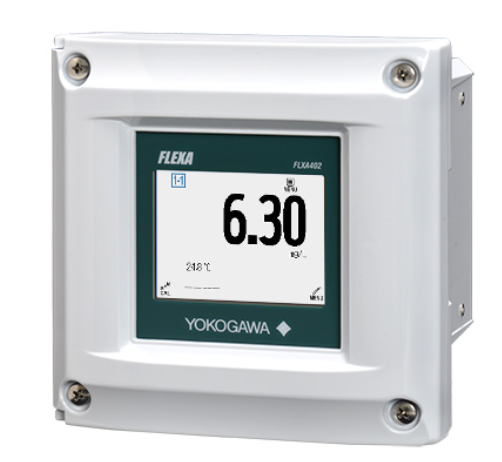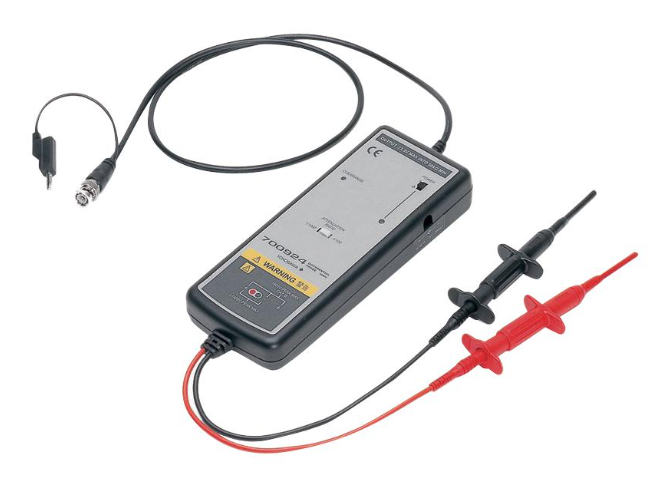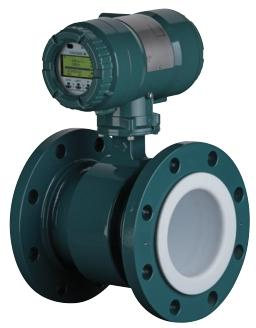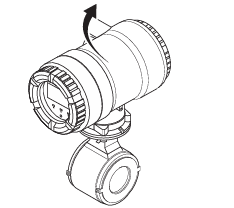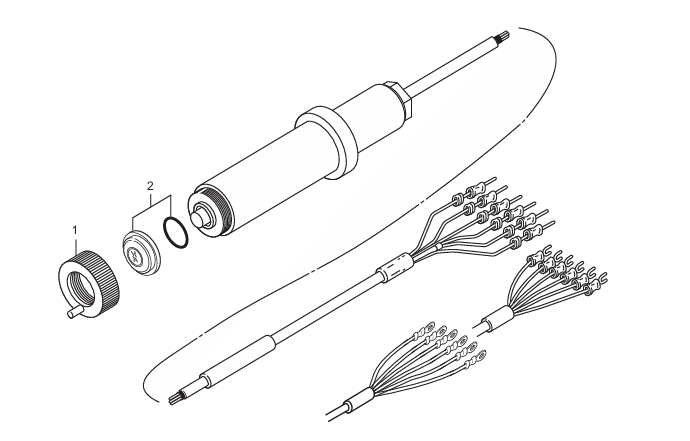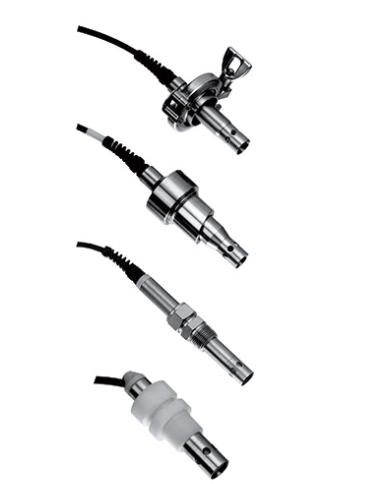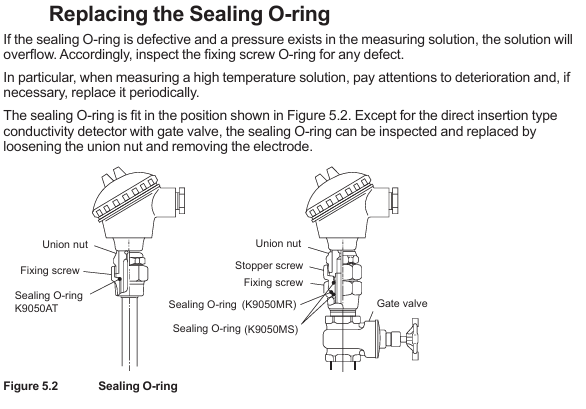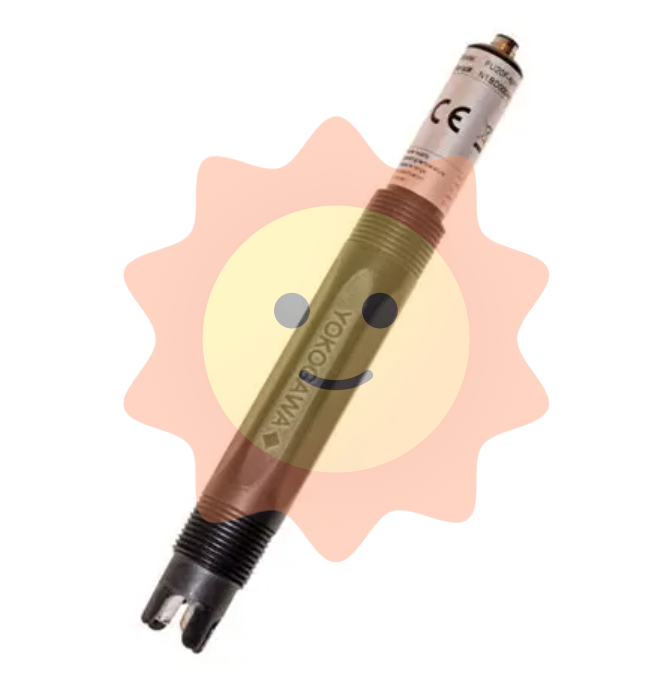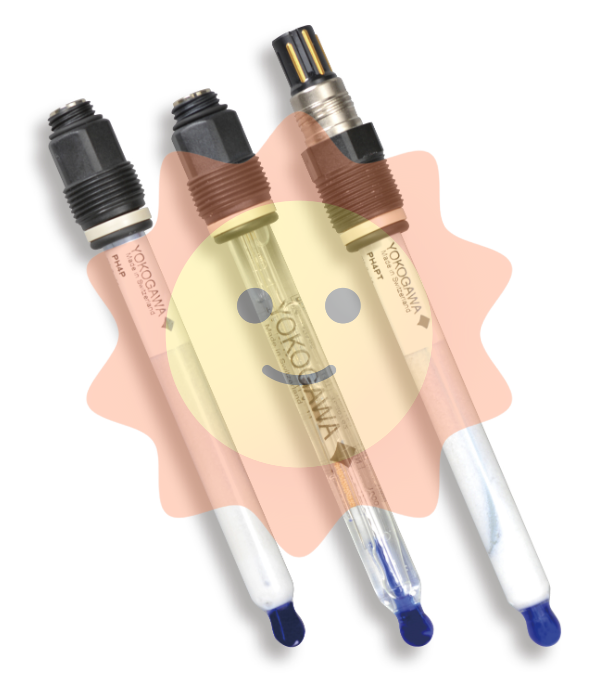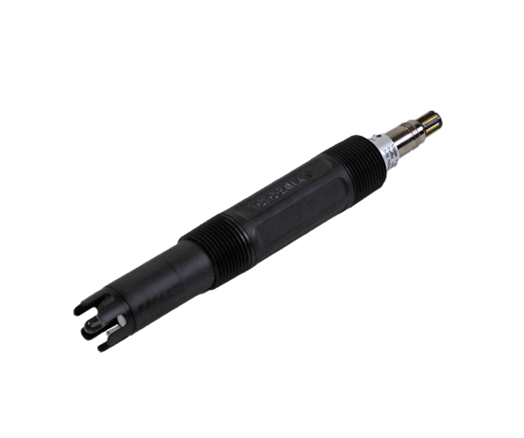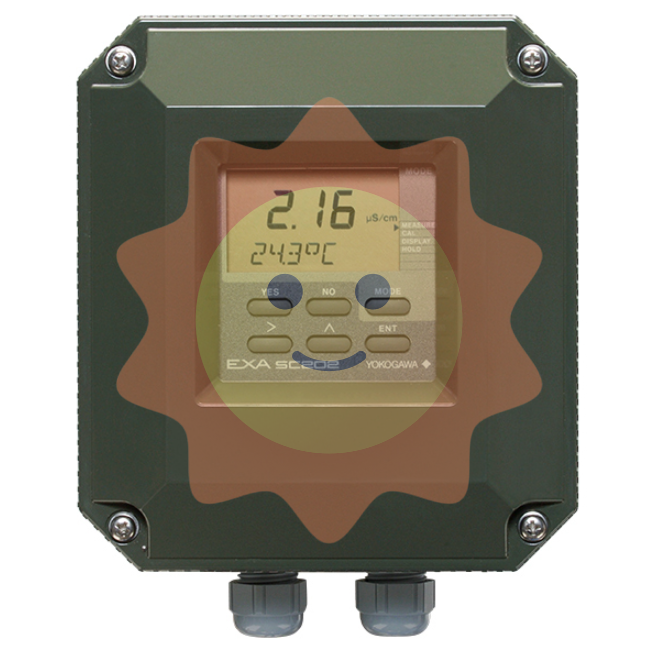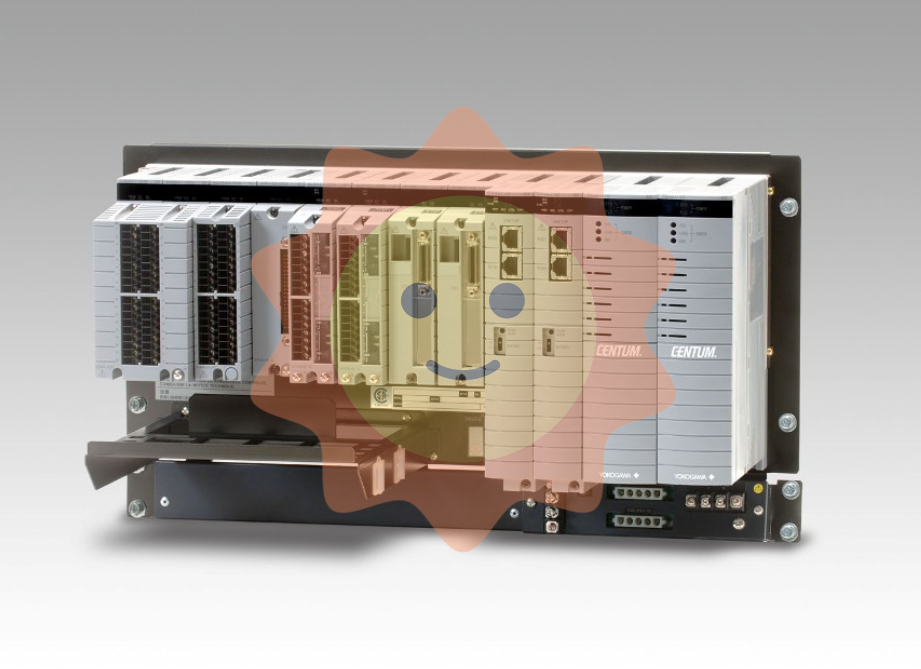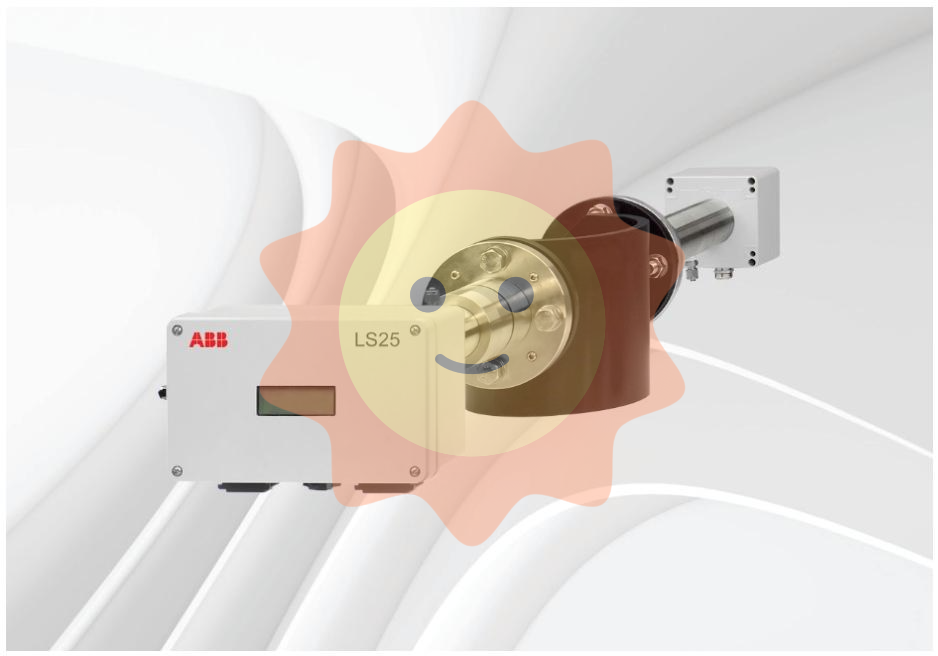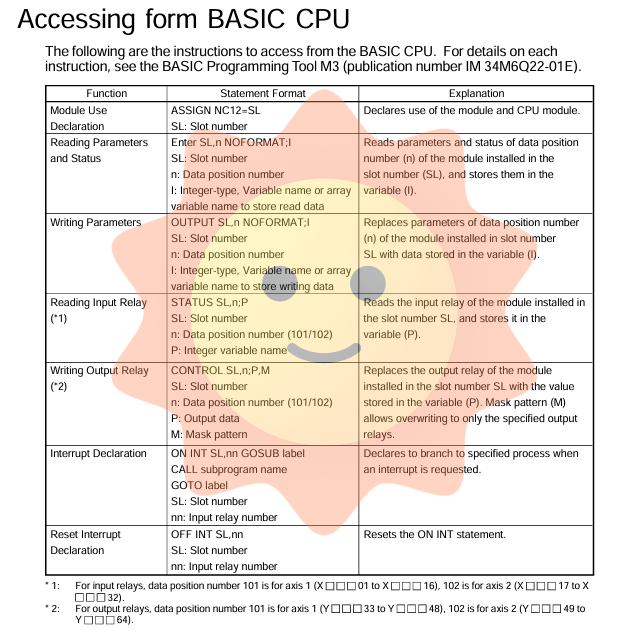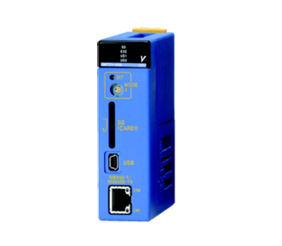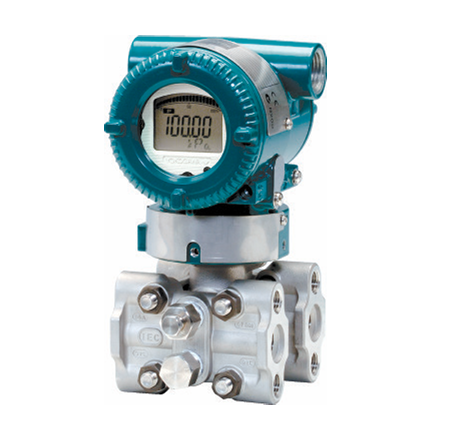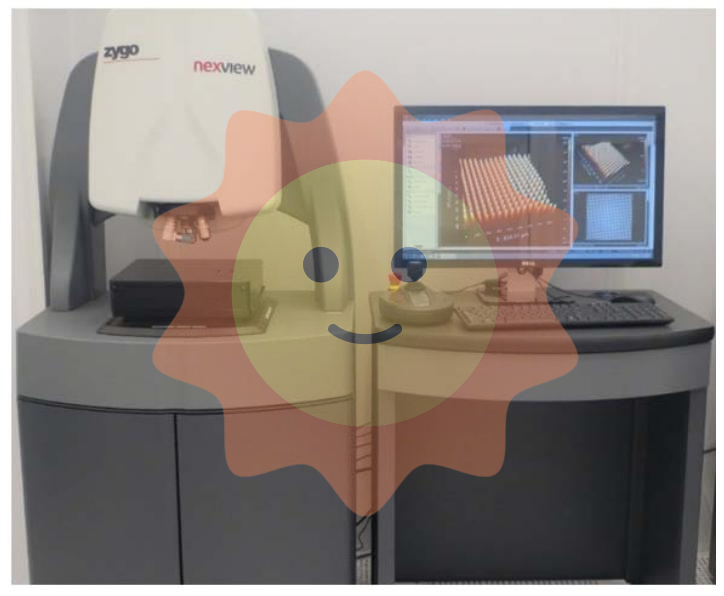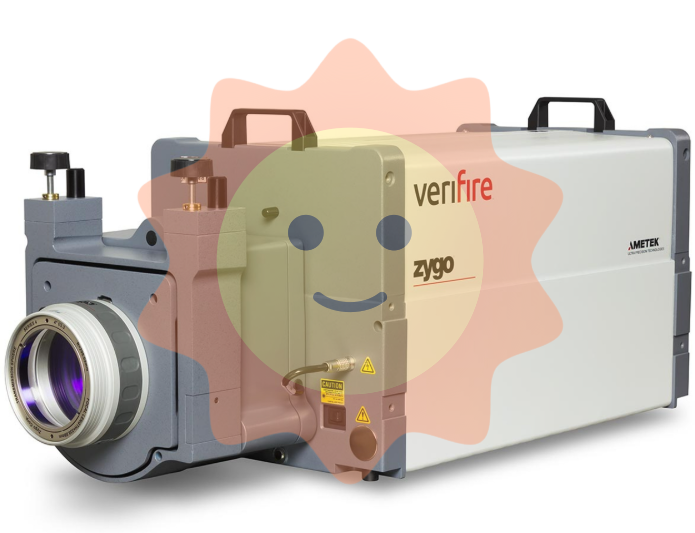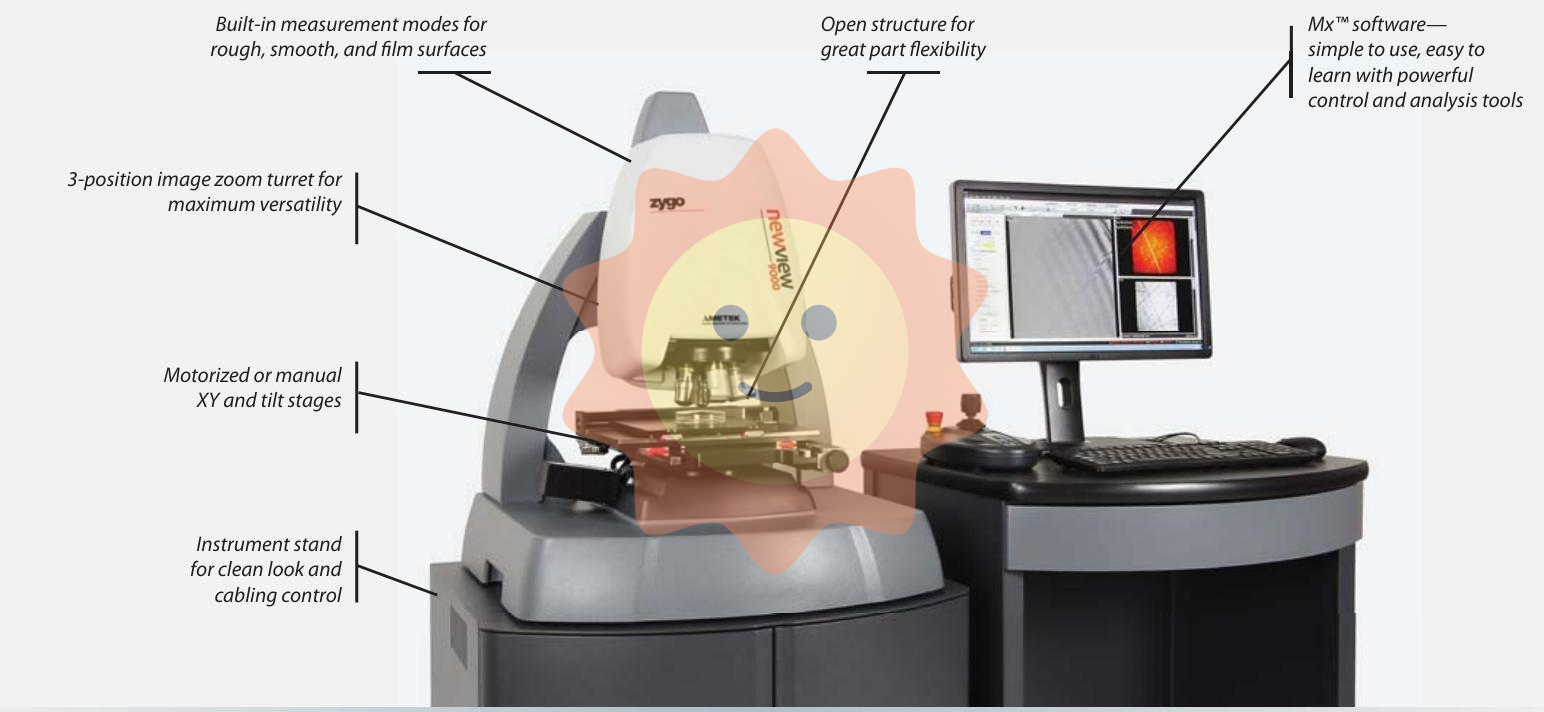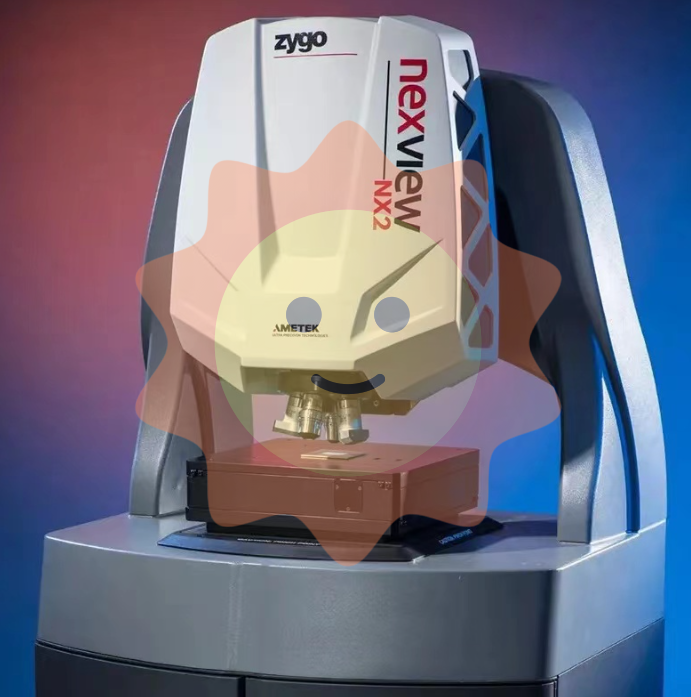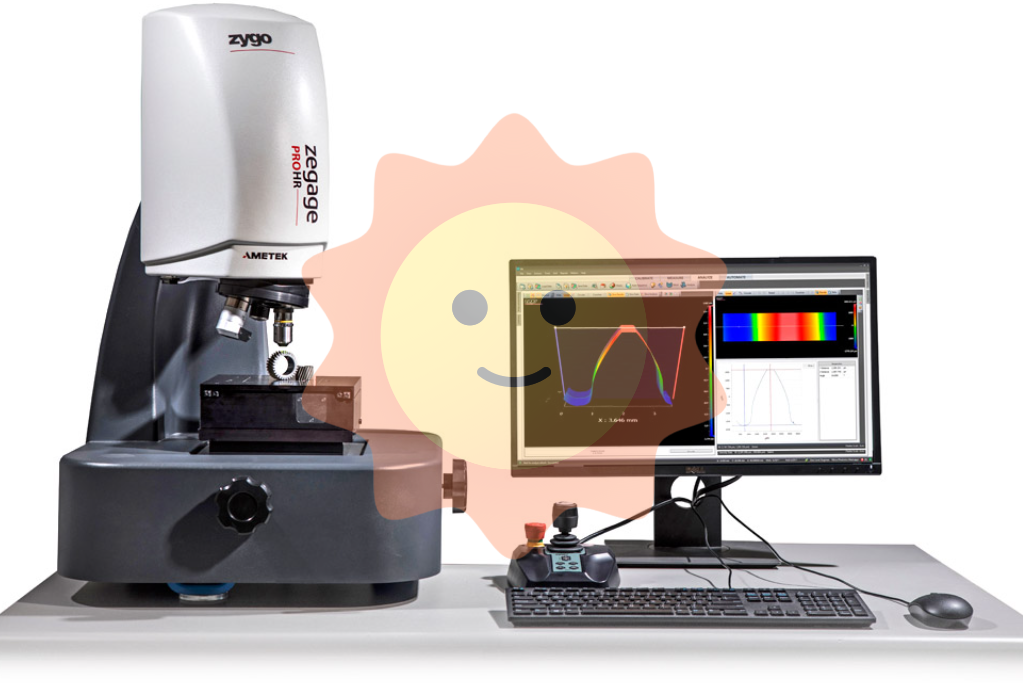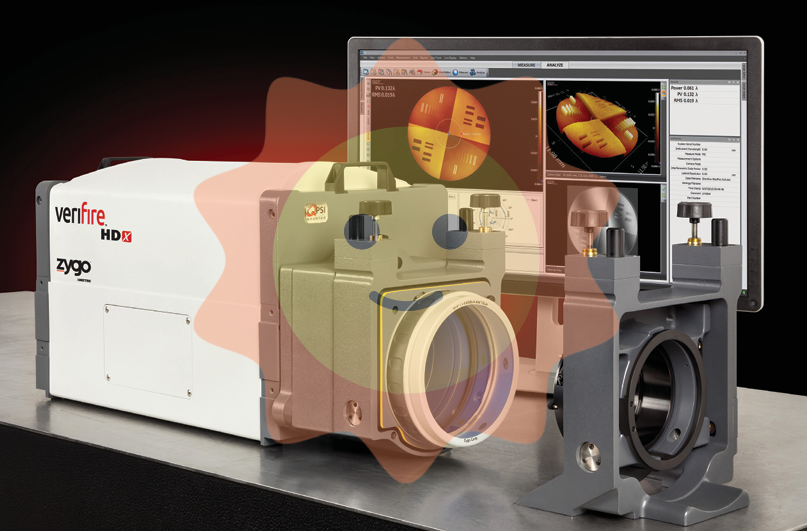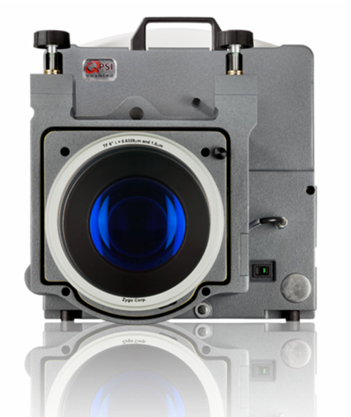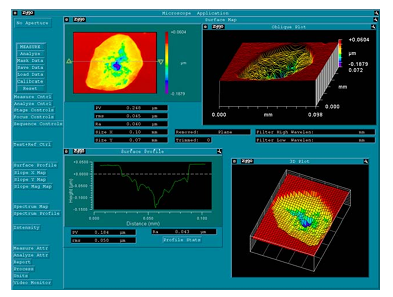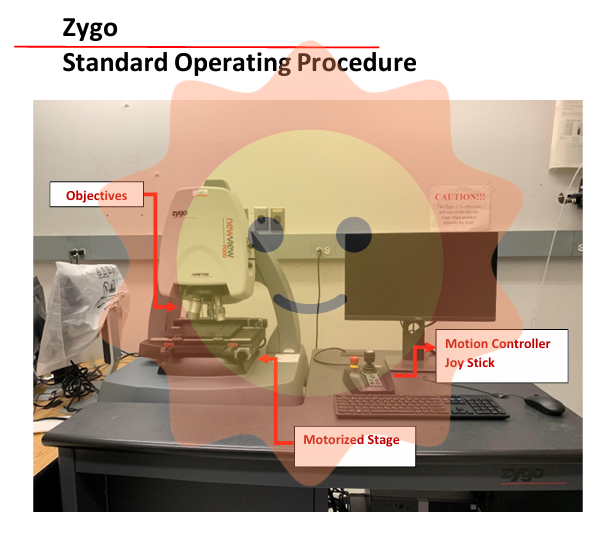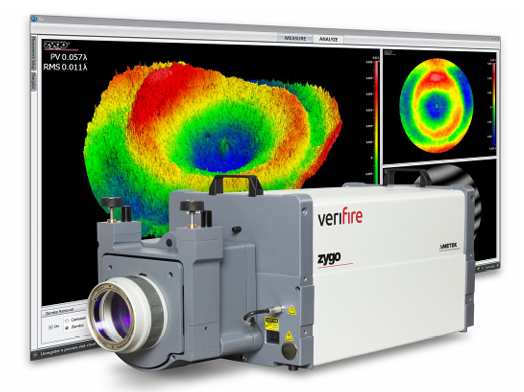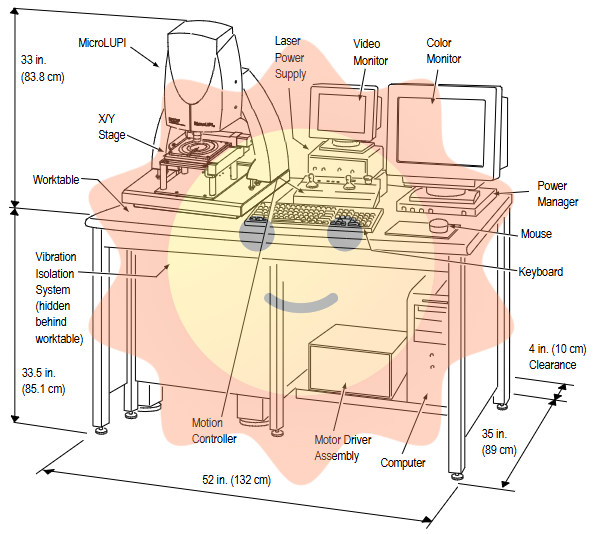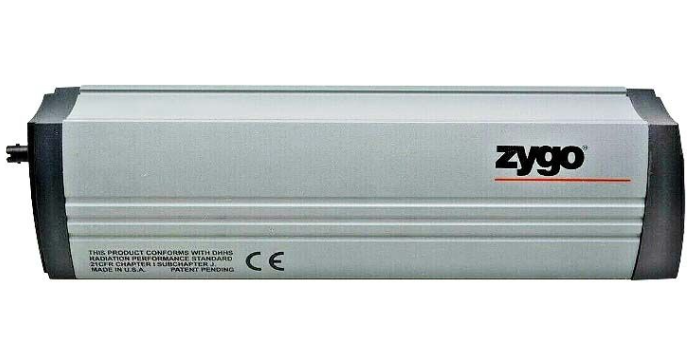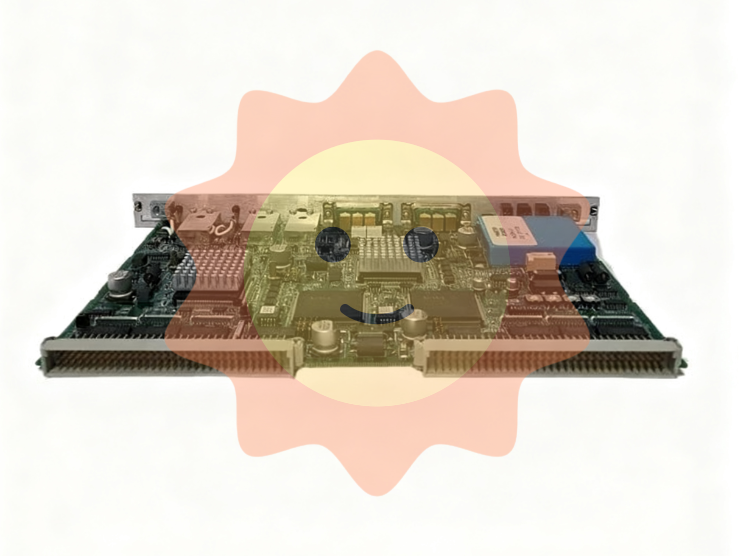The ABB G3ESa HENF318736R1 control module is a compact intelligent unit designed specifically for localized control of industrial equipment. It integrates signal acquisition, logic operation, control output, and communication interaction functions. It is mainly used for the expansion control of ABB low-voltage frequency converters, soft starters, small and medium-sized PLC systems, as well as the automation transformation of single machine equipment such as fans, water pumps, and conveyor belts. As the "local control center" of the equipment, this module can directly interface with on-site sensors and actuators, and achieve core functions such as start stop, parameter adjustment, and fault protection of the equipment through built-in control logic or receiving instructions from the upper system. At the same time, it uploads operational data to the monitoring system, forming a dual guarantee of "local control+remote monitoring".
Relying on ABB's mature industrial grade hardware design, the G3ESa module adopts a wide temperature component and anti-interference circuit layout, which can adapt to complex industrial environments such as dust, vibration, electromagnetic interference, etc. Its streamlined modular structure not only reduces installation space requirements, but also improves maintenance convenience, making it a cost-effective control solution for small and medium-sized industrial automation projects.
ABB G3ESa HENF318736R1 control module
Product Overview
The ABB G3ESa HENF318736R1 control module is a compact intelligent unit designed specifically for localized control of industrial equipment. It integrates signal acquisition, logic operation, control output, and communication interaction functions. It is mainly used for the expansion control of ABB low-voltage frequency converters, soft starters, small and medium-sized PLC systems, as well as the automation transformation of single machine equipment such as fans, water pumps, and conveyor belts. As the "local control center" of the equipment, this module can directly interface with on-site sensors and actuators, and achieve core functions such as start stop, parameter adjustment, and fault protection of the equipment through built-in control logic or receiving instructions from the upper system. At the same time, it uploads operational data to the monitoring system, forming a dual guarantee of "local control+remote monitoring".
Relying on ABB's mature industrial grade hardware design, the G3ESa module adopts a wide temperature component and anti-interference circuit layout, which can adapt to complex industrial environments such as dust, vibration, electromagnetic interference, etc. Its streamlined modular structure not only reduces installation space requirements, but also improves maintenance convenience, making it a cost-effective control solution for small and medium-sized industrial automation projects.
Core functions and technical features
2.1 Core Functions
-Multi dimensional signal acquisition: Built in 12 signal input channels, including 6 analog inputs (4-20mA/0-5V optional) and 6 digital inputs (24V DC), with an analog acquisition accuracy of 0.2% FS. It can accurately collect temperature, pressure, flow rate, and equipment operation status signals, providing reliable data support for control decision-making.
-Precise control output: Equipped with 8 control output channels, including 4 relay outputs (AC250V/5A) for driving high-power actuators such as contactors and valves, and 4 transistor outputs (24V DC/1A) for controlling indicator lights and small solenoid valves. The output response time is ≤ 3ms, ensuring fast execution of control commands.
-Local logic control: Integrated with an 8-bit high-performance microcontroller, it supports writing ladder diagrams or instruction table programs through ABB CodeMaster software to achieve basic control functions such as interlocking control, timing control, PID regulation, etc. It can operate independently when disconnected from the upper system, ensuring continuous operation of the equipment.
-Flexible Communication Interaction: Comes standard with one RS485 communication interface, supports Modbus RTU protocol, and can interact with ABB ACS series frequency converters, HMI human-machine interfaces, and third-party PLCs for data exchange. It also supports expanding Ethernet interfaces through communication modules to meet remote monitoring and data upload needs.
-Comprehensive fault protection: It has multiple fault monitoring functions such as input signal anomaly detection, output overload protection, and power undervoltage/overvoltage protection. When an anomaly is detected, it immediately triggers preset protection actions (such as shutdown, alarm) and records fault codes for quick problem localization.
2.2 Technical Features
-High reliability structure: adopting fanless design and triple anti coating treatment (anti moisture, anti salt spray, anti mold), working temperature range -10 ℃~+60 ℃, relative humidity 5%~95% (no condensation), passing IEC 60068-2 environmental adaptability test, with an average time between failures (MTBF) of over 80000 hours.
-Enhanced anti-interference capability: Compliant with EN 61000-6-3 anti-interference standard, 1500Vrms isolation design is adopted between the input and output channels and the power circuit, which can effectively resist electromagnetic radiation and conducted interference in industrial sites, ensuring the stability of signal acquisition and control output.
-Simplified installation design: Adopting a 35mm DIN rail buckle installation, the size is only 110mm × 80mm × 30mm (length × width × height), which can be directly embedded into equipment control cabinets or small installation spaces, and the installation time is reduced by 40% compared to traditional modules.
-Convenient debugging and maintenance: onboard LED status indicator light, real-time display of power, communication, input and output channel working status; Equipped with Micro USB debugging interface, integrated operation of program download, parameter configuration, and fault diagnosis can be achieved through dedicated software.
-Low power consumption and energy-saving operation: using efficient power management chips, normal operating power consumption is ≤ 5W, standby power consumption is ≤ 1W, which can significantly reduce overall energy consumption in large-scale distributed installation scenarios and meet industrial energy-saving requirements.
Key technical parameters
parameter category
Specific parameters
Instructions
Model identification
G3ESa HENF318736R1
G3ESa is the product model, HENF318736R1 is the component code (R1 represents V1 version)
input channel
12 channels: 6 analog signals (4-20mA/0-5V)+6 digital signals (24V DC, optional PNP/NPN)
Analog sampling accuracy 0.2% FS, digital response time ≤ 1ms
output channel
8-way: 4-channel relay (AC250V/5A)+4-channel transistor (24V DC/1A)
Relay output life ≥ 1 million times, transistor supports high-frequency pulse output
Processor configuration
8-bit microcontroller, main frequency 16MHz, program memory 16KB, data memory 1KB
Support basic logical operations and PID adjustment algorithms
communication interface
1 RS485 (supporting Modbus RTU), expandable Ethernet interface
Communication speed 9600-115200bps configurable, supports multi master station communication
working power supply
DC 24V ± 15%, ripple ≤ 50mV
Equipped with reverse connection protection and overcurrent protection (fuse 2A) function
isolation level
Between channels/between channels and systems: 1500Vrms/1min
Compliant with IEC 61010-1 safety standard
environmental parameters
Working temperature: -10 ℃~+60 ℃; Relative humidity: 5%~95% (no condensation); Protection level: IP20
Adapt to installation scenarios inside control cabinets
Installation method
35mm DIN rail snap fit installation
Size: 110mm x 80mm x 30mm (length x width x height)
Adaptive device
ABB ACS380/ACS580 series frequency converters, soft starters, small and medium-sized single machine equipment
Realize device linkage through Modbus protocol
Applicable scenarios and typical applications
The G3ESa HENF318736R1 control module, with its streamlined and practical functions and high cost-effectiveness, is widely used in small and medium-sized industrial automation scenarios and equipment upgrade and renovation projects. Typical applications include:
1. Low voltage frequency converter matching control: As the local control unit of ABB ACS380 series frequency converters, it collects motor current, temperature, and load pressure signals, adjusts the output frequency of the frequency converter through built-in PID logic, realizes constant pressure/constant flow control of fans and pumps, and uploads the operating data to the workshop monitoring system.
2. Control of small and medium-sized pump stations: In small pump stations such as rural water conservancy and community water supply, as the main controller, it collects water tank liquid level and pump outlet pressure signals, controls the alternating start stop and speed adjustment of multiple pumps, and realizes unmanned automatic water supply. When the liquid level is abnormal, it triggers sound and light alarms.
3. Food packaging assembly line: In small food packaging equipment, parameters such as conveyor belt speed, packaging film tension, temperature, etc. are collected, and the actions of solenoid valves and heaters are controlled through digital output to achieve automated processes of packaging, sealing, and counting, improving packaging efficiency and product consistency.
4. Workshop ventilation and dust removal system: In the dust removal system of the mechanical processing workshop, the workshop dust concentration and fan operation status signals are collected. When the dust concentration exceeds the standard, the fan is automatically started, and the fan speed is adjusted according to the dust concentration to achieve energy-saving operation and standard emissions.
5. Automation transformation of old equipment: For old machine tools, compressors, and other equipment without automatic control functions, G3ESa modules are installed to achieve interlocking control of equipment start stop and monitoring of operating parameters. This can improve automation level and reduce manual operation intensity without the need to replace equipment.
6. Agricultural irrigation control: In greenhouse or farmland irrigation systems, collect soil moisture, rainfall, and water tank level signals, control the opening and closing of irrigation solenoid valves and irrigation time, achieve precise irrigation, save water resources, and improve crop yield.
Installation and usage precautions
5.1 Installation specifications
-Before installation, it is necessary to confirm that the module model, input and output types match the on-site requirements, check that the module appearance is not damaged, the pins are not oxidized, the indicator lights and markings are clear, and the supporting accessories (rail buckles, wiring terminals) are complete.
-The module needs to be installed on a 35mm standard DIN rail, and the installation position should be away from strong electromagnetic interference sources such as frequency converters and contactors. The distance between the module and heating elements (such as resistors and transformers) should be ≥ 8cm, ensuring good ventilation and avoiding direct sunlight and water droplets splashing.
-Before wiring, the power supply of the module and associated equipment must be cut off. The power supply, input, output, and communication lines should be distinguished according to the module terminal diagram. Analog and digital lines should be wired separately. The communication line should use shielded twisted pair, and the shielding layer should be grounded at one end (grounding resistance ≤ 4 Ω).
-When wiring, use copper core wires with a specification of 1.0-1.5mm ², and control the stripping length between 5-7mm to avoid short circuits caused by exposed wires being too long; The wiring terminal needs to be tightened with a flathead screwdriver (torque 0.5-0.8N · m) to prevent signal distortion caused by poor contact.
-After installation, check whether the module is firmly fixed and whether the wires are not pulled or stressed. Use a 500V megohmmeter to measure the insulation resistance of each circuit to ground, which should be ≥ 5M Ω. After confirming that there are no errors, power on for debugging.
5.2 Key points of use and maintenance
-Before the first power on, use a multimeter to check the power supply voltage and polarity to ensure compliance with the DC 24V ± 15% requirement. It is strictly prohibited to reverse the power supply; After powering on, observe whether the power indicator light (PWR) is always on, whether the communication indicator light (COM) is flashing normally, and whether the fault free indicator light (ERR) is on before proceeding with subsequent operations.
-When programming and configuring parameters through ABB CodeMaster software, it is necessary to first backup the default program of the module, set the input signal type, output action logic, and communication parameters according to the control requirements, and perform program verification and download after configuration to avoid logical conflicts that may cause equipment misoperation.
-Regularly check the status of module indicator lights during operation: the PWR light stays on during normal operation, and the RUN light flashes every 1 second; If the ERR light is on, it is necessary to read the fault code through software, distinguish whether it is an input abnormality, output overload, or communication fault, and carry out targeted troubleshooting and handling.
-Daily maintenance requires surface cleaning once a month. After power failure, use a dry brush to clean the dust on the module surface and wiring terminals to avoid dust accumulation affecting heat dissipation or causing poor terminal contact; Do not use corrosive liquids such as damp cloths or alcohol during cleaning.
-When repairing module faults, the power supply needs to be cut off first. After replacing the module, the backup program and parameters need to be imported again, and a no-load test needs to be conducted; Do not plug or unplug modules or modify wiring while powered on to prevent damage to the internal circuits or associated devices of the module.
-Modules that have been idle for a long time should be stored in a dry and ventilated environment, with an ambient temperature controlled between 0 ℃ and 40 ℃, avoiding contact with corrosive gases and metal debris. They should be powered on and tested every 6 months to prevent capacitor aging and performance degradation.
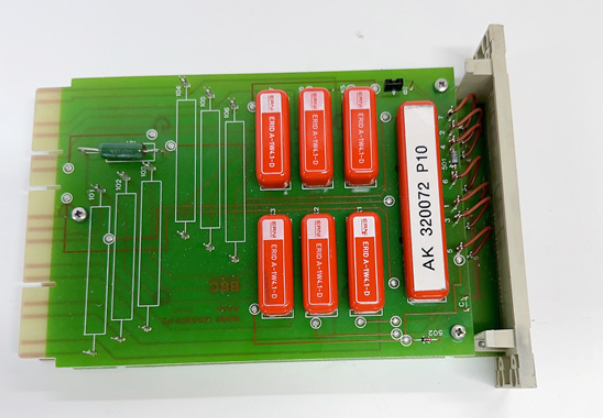
- User name Member Level Quantity Specification Purchase Date
- Satisfaction :
-









Email:wang@kongjiangauto.com


